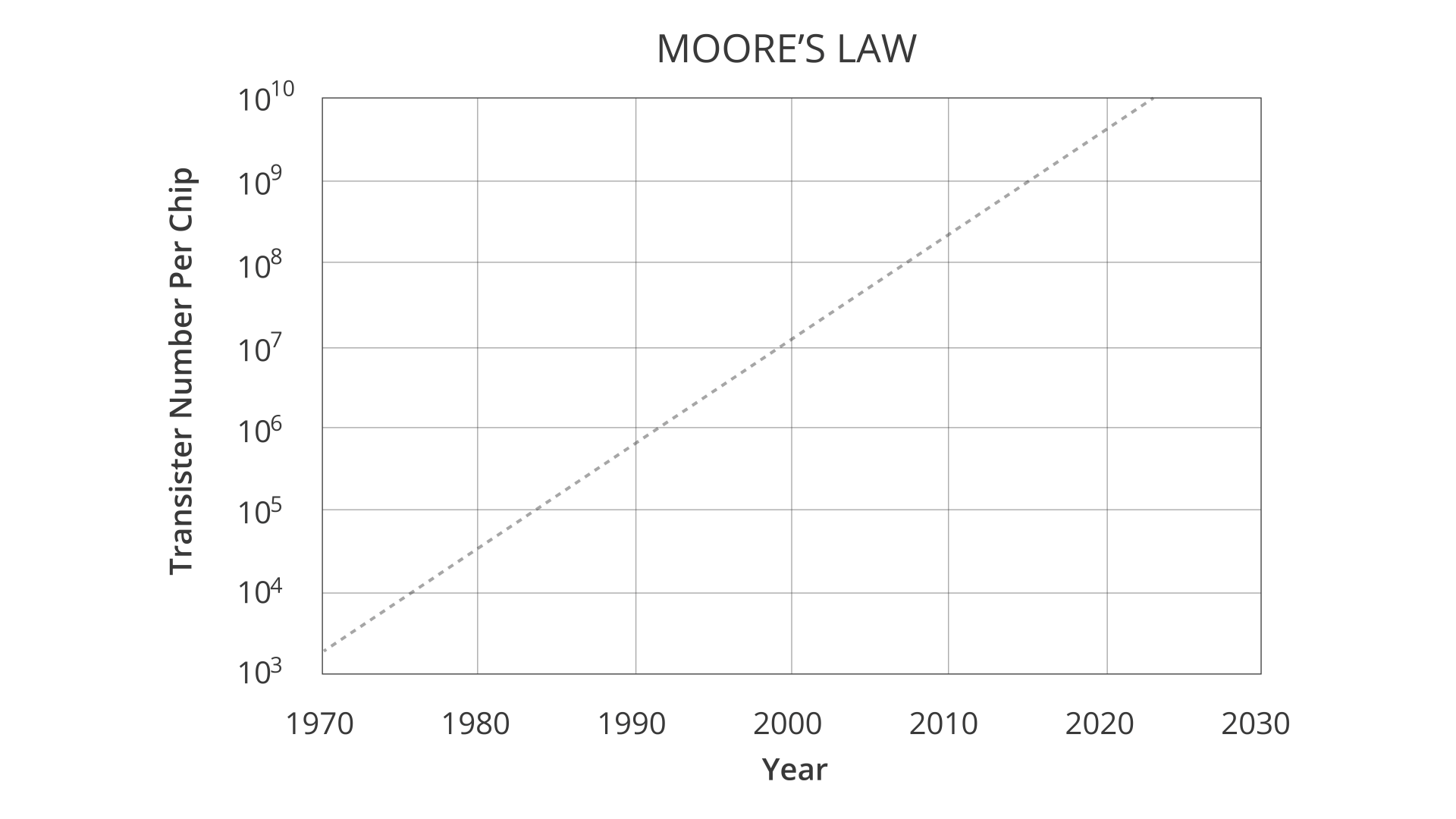- Home
- /
- Electronics Solutions
- /
- Semiconductor Fabrication Solutions
Semiconductor Fabrication Solutions
Halocarbon science leverages a legacy of knowledge and expertise in organofluorine chemistry to develop unique solutions that help our partners drive advances in the electronics industry by enabling semiconductor miniaturization and enhancing semiconductor design.
Photoresist Monomer Precursors
Photoresist Monomers
Engineering Thermoplastic Fluorinated Monomer Precursors

In 1965 Gordon Moore, one of the co-founders of Intel predicted that the number of transistors per integrated circuit would double every year. After 50+ years, Moore’s seminal observation has been shown to still be true, serving as a map that sets the direction for the modern digital revolution. Implicit in Moore’s law is the demand for ancillary technologies to keep pace with ever-increasing circuit density. These technologies include the methods and raw materials required to produce microprocessors with increasingly infinitesimal feature sizes.

Over the past three to four decades, semiconductors have been designed and manufactured using photolithography. These processes involve the use of lasers of ever-decreasing wavelengths of light to etch circuits. Most modern processes use a broad range of radiation-sensitive polymeric films, reactive gasses, and other chemicals in combination with physical equipment to create semiconductor highly-miniaturized microprocessors. The figure below describes the latest evolution of the photolithography process at a high-level, depicting the use of photoresist materials (photo-responsive polymeric coatings), photomasks (a patterning plate), and incident light to create circuit patterns ultimately used in a microprocessor design. In traditional photolithography, imaging is performed under an inert gas atmosphere whereas immersion photolithography utilizes a water layer in contact with the substrate as a final lens element. Fluorinated materials are required to control the surface interactions with the water layer, thus enabling finer features through immersion photolithography.

For over a decade Halocarbon scientists and engineers have been partnering with leading manufacturers of the raw materials used in advanced photolithography processes. Halocarbon offers a broad range of high-purity electronics grade monomers, monomer pre-cursors, and other specialty fluorochemicals for use in this process. Our key technologies leverage our expertise in producing hexafluoroisopropyl (HFIP) derivatives, which have been demonstrated to provide unique value to the semiconductor fabrication industry.
The Advantages of Hexafluoroisopropyl Chemistry












